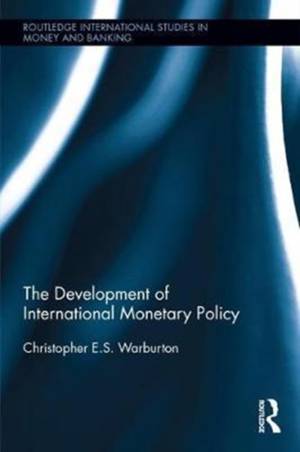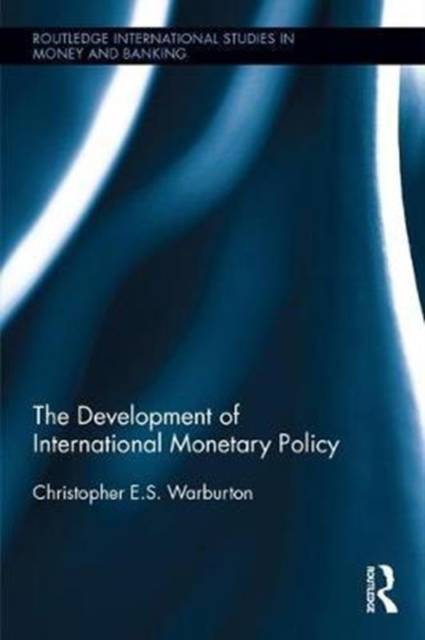
- Afhalen na 1 uur in een winkel met voorraad
- Gratis thuislevering in België vanaf € 30
- Ruim aanbod met 7 miljoen producten
- Afhalen na 1 uur in een winkel met voorraad
- Gratis thuislevering in België vanaf € 30
- Ruim aanbod met 7 miljoen producten
The Development of International Monetary Policy
Christopher WarburtonOmschrijving
The Development of International Monetary Policy traces the development of international monetary policy from mercantilism to quantitative easing. It has been structured to present some of the pressing issues in international monetary relations involving currency valuation, inflation, exchange rates, and regional monetary policy. Additionally, it presents international monetary law as a basis for understanding the concept of monetary sovereignty and the limits of state autonomy in an interdependent world of legal arrangements.
The book revisits some controversial arguments about stagflation and expansionary monetary policy, and it uses current time series data and empirical evidence to show why theories about the trade-off between inflation and unemployment are not extinct. Part of the concluding argument indicates that it is imperative for the international community to have a structure for monetary dispute resolutions involving autonomous states. Notably, the author further concludes that fiat money will continue to be a dominant unit of account, more so than crypto-currencies, into the distant future.
An accessible and practical read, this is book is a valuable resource for postgraduates, academics and researchers of international trade, finance and economics.
Specificaties
Betrokkenen
- Auteur(s):
- Uitgeverij:
Inhoud
- Aantal bladzijden:
- 176
- Taal:
- Engels
- Reeks:
Eigenschappen
- Productcode (EAN):
- 9781138296596
- Verschijningsdatum:
- 24/08/2017
- Uitvoering:
- Hardcover
- Formaat:
- Genaaid
- Afmetingen:
- 160 mm x 236 mm
- Gewicht:
- 408 g

Alleen bij Standaard Boekhandel
Beoordelingen
We publiceren alleen reviews die voldoen aan de voorwaarden voor reviews. Bekijk onze voorwaarden voor reviews.











